Ancient figures deciphering a stele in front of a lake, a mountain in the background.
Watercolor on paper.
In our watercolor, the diverse vegetation that frames a dazzling blue sky animated by a few clouds is typical of Cassas’s compositions. The artist relies on the asymmetry to introduce an abundant foreground. It is completed by ruins that serve as a repoussoir to provide depth to the whole composition. The mountain inhabited by ruins that stand in the background is a point of falling light that opens up the perspective rather than blocking the view.
The glistening river leads the eye: from the back to the foreground, the eye bounces back and forth to the figures reading the ancient inscription and those on the background with their reflection on the water answering to the shape of the cypress trees. This construction is inspired by Nicolas Poussin’s compositions.
This work can be compared with the watercolor which had been presented at the Salon du Dessin, Paris, in 2000, “Landscape with characters near an antique sculpture in front of a lake, a mountain in the background”. Another comparison can be made with the latest large sheet sold at Christie’s on March 22, 2017: “Archaeologists examining a bas-relief on the outskirts of the city of Athens”.
Louis-François Cassas was a French draftsman, painter, engraver and orientalist born on June 3, 1756, in Azay-le-Ferron (Indre) and died in Versailles (Yvelines) on November 1, 1827.
Son of a royal road surveyor, Louis-François Cassas was trained as an engineer of bridges and roads. He began his career as a stereotomy draughtsman on the construction site of bridges. That is how he learned the rigor and quasi-architectural meticulousness typical of his work throughout all of his painter career.
As a protégé of Louis-Antoine de Chabot, who became the Duke of Rohan-Chabot in 1791, he trained at the latter’s academy from 1775 to 1778. He was a pupil of Lagrenée who taught him the use of the wash and introduced him to the taste of the picturesque and the exotic. This taste was confirmed during his first trip to Italy from 1779 to 1783. With the Duke of Rohan-Chabot, he went to Naples, Istria and Dalmatia, places that were little visited by the travelers of his time. During this first journey, he collaborated with the Saint Non Abbey for a book called “Voyage pittoresque ou description des Royaumes de Naples et de Sicile” (1781-1786, 4 volumes).
The Count of Choiseul-Gouffier, ambassador of the Sultan of Turkey, crossed his path back in Paris. As a passionate archaeologist, this new protector viewed Cassas as the artist all designated to help him in his enterprise of survey of the classical sites and monuments of the Middle East and Asia Minor. Cassas ended these four years of travel in Rome where he exhibited more than 250 drawings which were much appreciated by the public.
He eventually settled permanently in Paris to work on the publication of his works in a “voyages pittoresques” which was never completed. He taught at the school of the Royal Manufacture of Gobelins where he was appointed inspector of works and professor of drawing in 1816. As a teacher, he played the role of initiator of neoclassicism in the early 19th century. From 1817, he drew large watercolors whose format was close and sometimes exceeded on meter in length to sell them.
From his precise surveys of archaeological sites, his numerous drawings, sketches and studies of ancient monuments, Cassas developed landscapes that intertwined both the rigor of archeological surveys and the powerful fantasy of the antiquity. Those watercolors were very successful during his lifetime, and the large sheets are now extremely rare on the market.
On most of the paintings, the archaeological site represented is pure fantasy. He designed virtuous assemblies of real elements that give a grandiose aspect to his watercolors. Those imaginary views are nonetheless bathed in the Mediterranean atmosphere that makes them look like they are based on the reality.
This watercolor is in keeping with the neoclassical taste of Cassas’ contemporaries. Indeed, the young aristocrats who were travelling for their Grand Tour during the 18th and 19th centuries were dazzled by the picturesqueness of the ancient ruins they went to admire around the Mediterranean sea. This watercolor matches this idealized vision of antiquity by placing a few characters dressed in antique garments in the middle of a serene and grandiose landscape. This idealized antiquity is the main subject of the painting, making Cassas the ultimate Grand Tour artist.



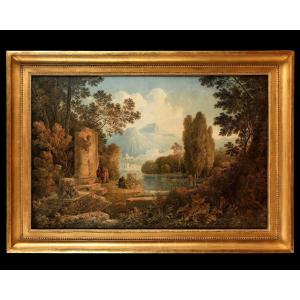


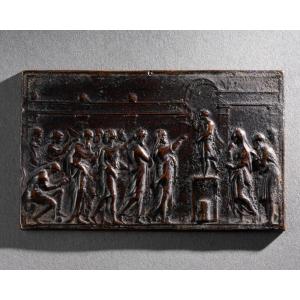

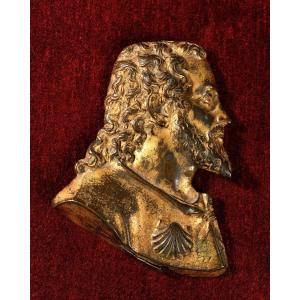
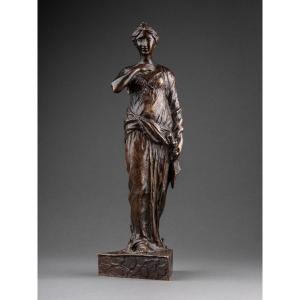



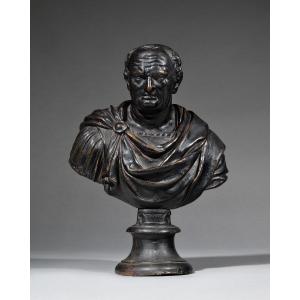




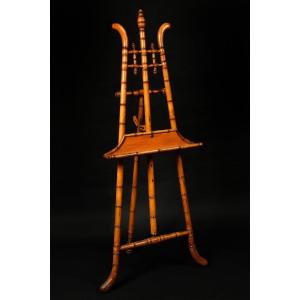
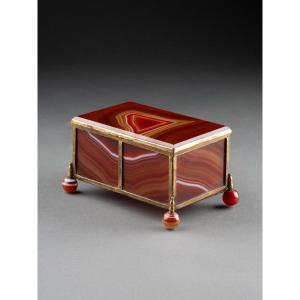

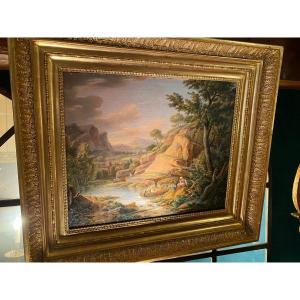
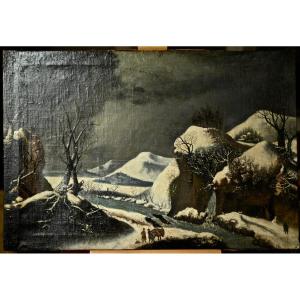
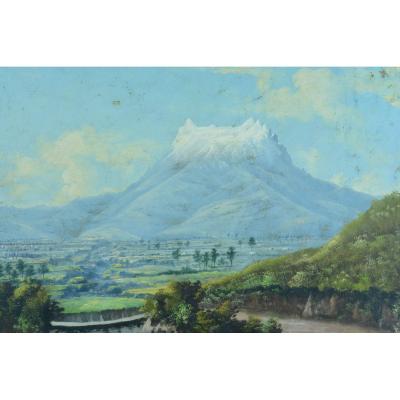




 Le Magazine de PROANTIC
Le Magazine de PROANTIC TRÉSORS Magazine
TRÉSORS Magazine Rivista Artiquariato
Rivista Artiquariato